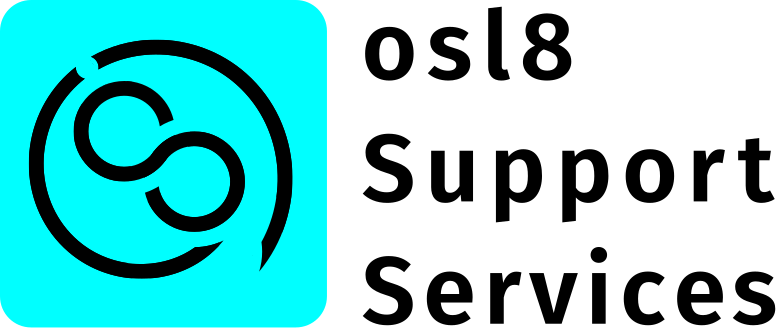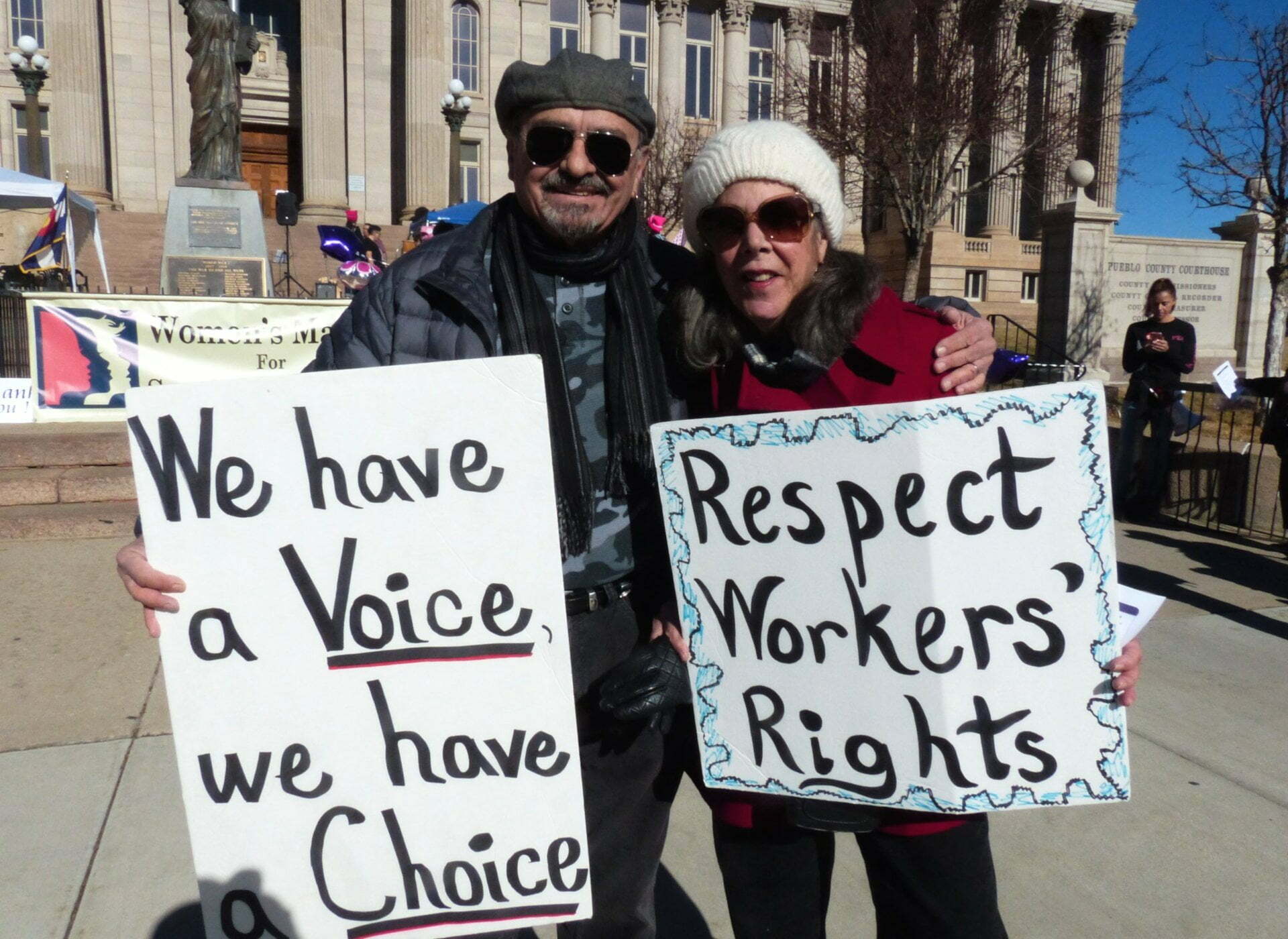On January 19, 2019, many people took to the streets throughout the world to take part in a global Women’s March. My partner and I contributed to the local march by lending audio equipment, sound services, and recording video. The event was intended to be a peaceful and as best I could tell there might have been only minor conflicts (if any) at the local event. Despite this, there were some things I observed that could have made the Women’s March more effective.
In the past I have participated in demonstrations, helped lead demonstrations, and collected petition signatures as a volunteer. My opinions and methods of civic engagement have changed throughout the years and they continue to evolve. Whatever my opinions and however they differ from the opinions of others, I do my best to respect everyone regardless of their political affiliation, gender, or any other factor. I will not refuse to work with or communicate with someone simply because of their political affiliation, who they voted for or who they support, or any other superficial circumstances. People are more than the labels they ascribe to or the groups they identify or associate with.
With that brief aside out of the way, we arrived very early for the event because we needed to setup and configure a lot of equipment. As we approached the area where the rally would take place, we passed a truck with a couple of workers who were about to block off the streets for the event. They asked what the event was and we replied, “the Women’s March”. The driver then said something almost exactly like, “I’m a Republican, so I’m suspicious about stuff like that. What’s it for?” My partner and I responded with simple statements like “equal rights” and “it’s for everyone; for humanity”. That is honestly how we perceived it. The workers were nice and basically that was the extent of our encounter with them. We had to get to work and so did they. We thanked them and went on our way to begin unloading the audio and video gear.
We pulled up to the courthouse, unloaded the gear, and began setting up. Even though it was the middle of January the weather was very agreeable. The sun was shining brightly, there was no snow or ice, and the wind was quite calm. It felt strange to me because when I was growing up in this same region, January 19 normally would have been much colder and there might have been snow and ice. That’s another thing that concerns me: climate change. That’s a topic for another time.
Various group representatives and community members began to arrive before the event started. I saw several of my friends and greeted them. My partner and I have a lot of friends (she has a lot more than I do) and while most of them lean left on the political spectrum, not all of them who do consider themselves Democrats (mainstream or otherwise) nor do all of them who lean to the right consider themselves Republicans or Trump supporters (some do). Before the march one of our friends said something akin to: “It looks like the Women’s March is a bunch of anti-Trump activists. I prefer to remain neutral.” She and other friends opted out of attending the March this year. Part of me would have liked to have stayed home, but I decided to help at the event and I didn’t actually march anyway; I was at the courthouse from beginning to end.
For about the first half of the two-hour event, several women took turns at the podium talking about what the event meant to them and why they were there. One of the co-chairs of the event organizing committee summarized the mission of the local Women’s March as follows:
We march and rally in solitary to protect women’s rights, human rights, our safety, our health, and our planet as we move toward a positive and just future. We are nonviolent in word and action. We work to unify our nation’s diverse communities and to create the change from the grassroots.
I spent most of my time at the event behind audio equipment or a camera pointed at the podium (mostly the latter), so I did not get a good look for myself at the diversity of people (and animals) at the event. Those whom I did see were very diverse. There were of course a lot of women, and all of the speakers and performers who were projected through the sound system were women. A few men helped plan the event and lead the actual march, though. A group of indigenous people including male drummers and singers led the march and finished their drumming and singing at the courthouse at the end of the march. My partner got a better look at the crowd and confirmed that there were children and adults of all ages and gender identities, skin tones, cultural and socioeconomic backgrounds, and so on. While everyone was there primarily to support the mission as defined by the planning committee, they had various abilities, aspirations, preferences, and even different opinions and methods of expression.
I literally played back the speakers’ words many times in the video recording I made at the event that day. By and large the speakers spoke positively, but I feel like some of the words spoken were not nonviolent. There were children present so each speaker was careful not to use any official curse words, but at times the tone of voice and the words spoken about political figures and policies were very harsh. In this country (the USA) people generally are free to say and do as they wish, but the things people say and do have consequences. Sometimes those consequences are direct and obvious and other times the consequences are diffuse and subtle. A saying I learned as a child states, “Sticks and stones may break my bones, but words will never hurt me.” Words may not literally hurt someone—unless perhaps it is a command to literally harm someone—but it is obvious to me that words have the power to unite people or they can fuel divisive sentiments among people.
Many other recent events come to mind and relate to the Women’s March. Several days before the Women’s March the Gillette company released a video advertisement that addresses what now is commonly referred to as toxic masculinity. Many people likely balk at the phrase and concept of “toxic masculinity”, but it exists and many people including myself work to address it daily through our words and actions. On Friday, January 18 at the Indigenous Peoples March in Washington DC there was a confrontation between some teenage boys wearing “Make America Great Again” hats and an elder indigenous man and Vietnam veteran. Many people lashed out at the young men including at least one other indigenous man at that march, but that is not a response that helps heal divides. Even the 2019 Women’s March itself, had some significant controversy surrounding it. There are many more things I can associate with the Women’s March in one way or another, including today which is Martin Luther King, Jr. day, but other people have done that already.
From my perspective the self-proclaimed Republican man who was working on a Saturday morning to help people with whom he disagreed was not entirely unjustified in his suspicion of the Women’s March. I suspect he would have been very unhappy about some of the remarks made at the event. However, as another friend said in response to the event controversy I mentioned in the previous paragraph, “…nobody said we are a monolith.” Some remarks aligned closely with peoples’ opinions and values and other remarks were less aligned with peoples’ opinions and values. Another comment my friend made was, “I like inclusivity…. we all do better when everyone does better.” This wise friend is an elder woman who works tirelessly to help protect our home planet (Earth) and for whom I have a lot of respect. Furthermore, I appreciate all of the hard work put forth by everyone who helped plan and execute the event including but not limited to the members of planning committee, the speakers, the performers, the groups and individuals who participated, and even people like the workers who blocked off the streets and reopened them after the event. Although it might sound cliché, as I see it the basic fact is that we all are in this together and we all can strive to do a little better each day.
In honor of all women and our Mother Earth, I hope you’ll enjoy the song “She” by Alice Phoebe Lou linked below. If you would like to watch some footage from the march itself, you can visit the Women’s March for Southern Colorado YouTube Channel. Peace!





